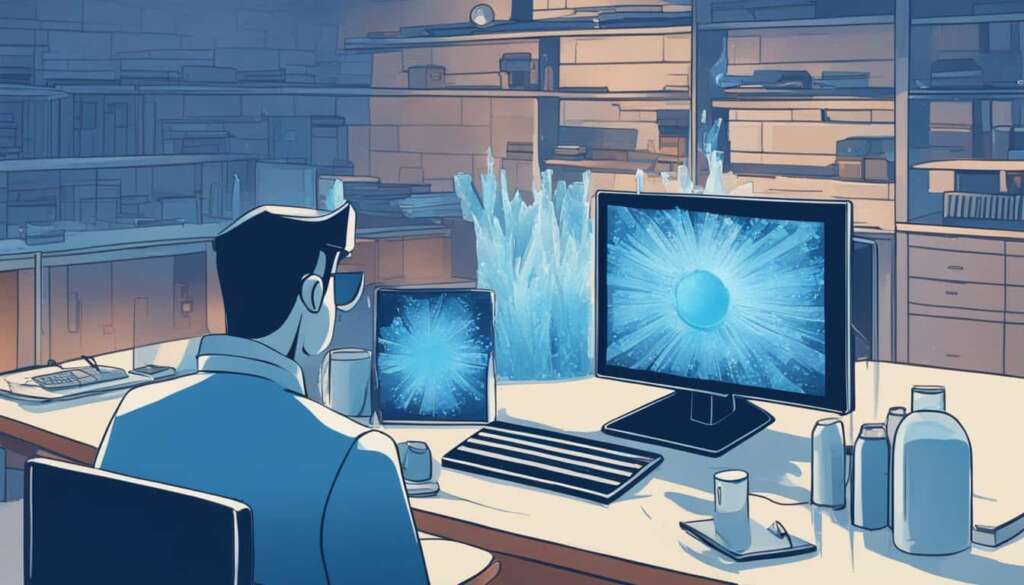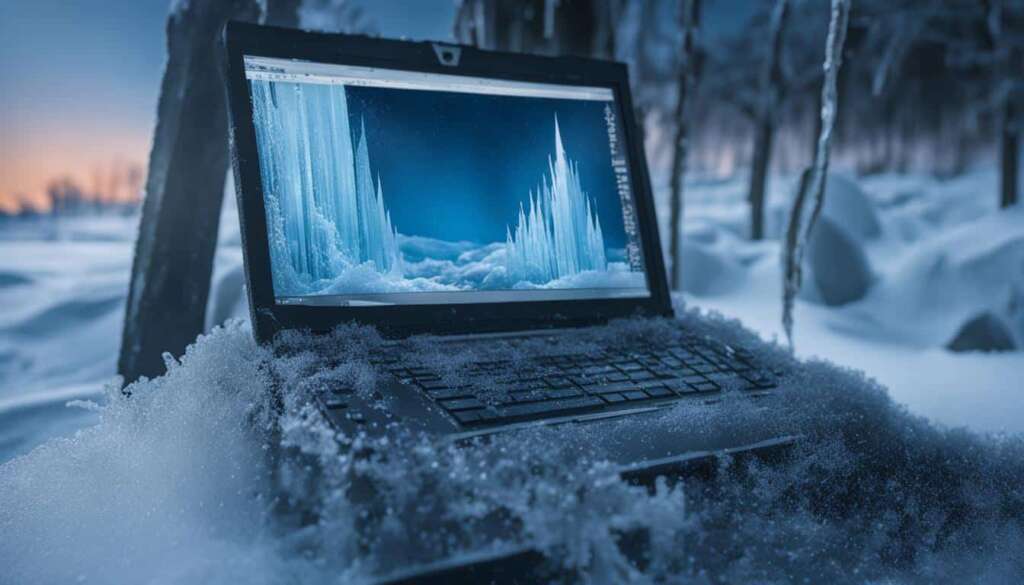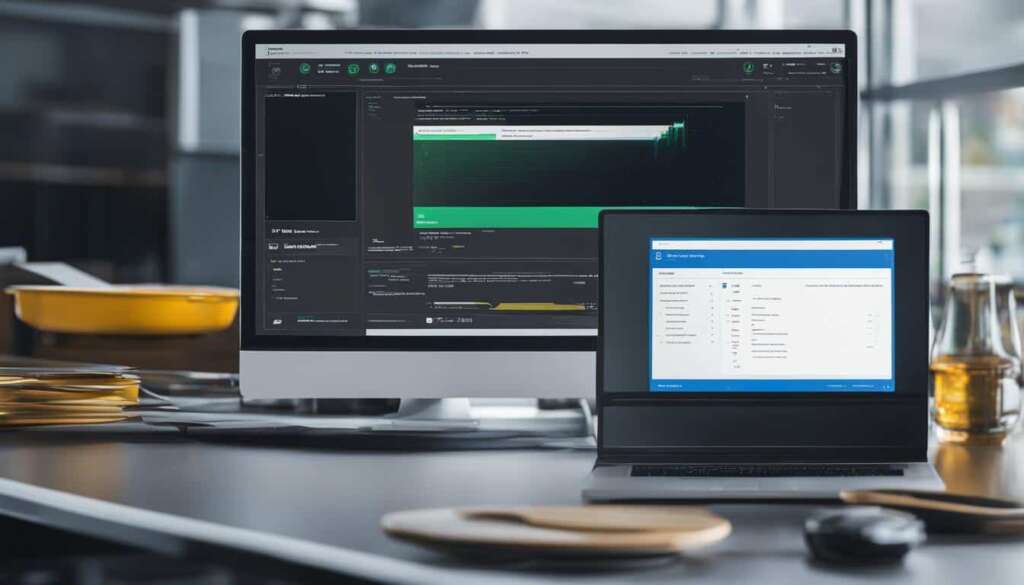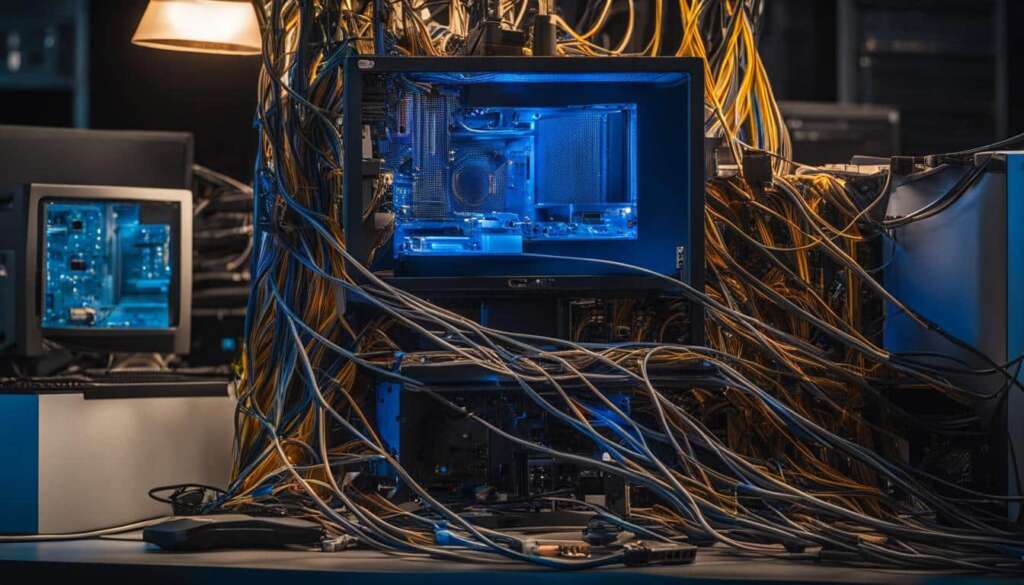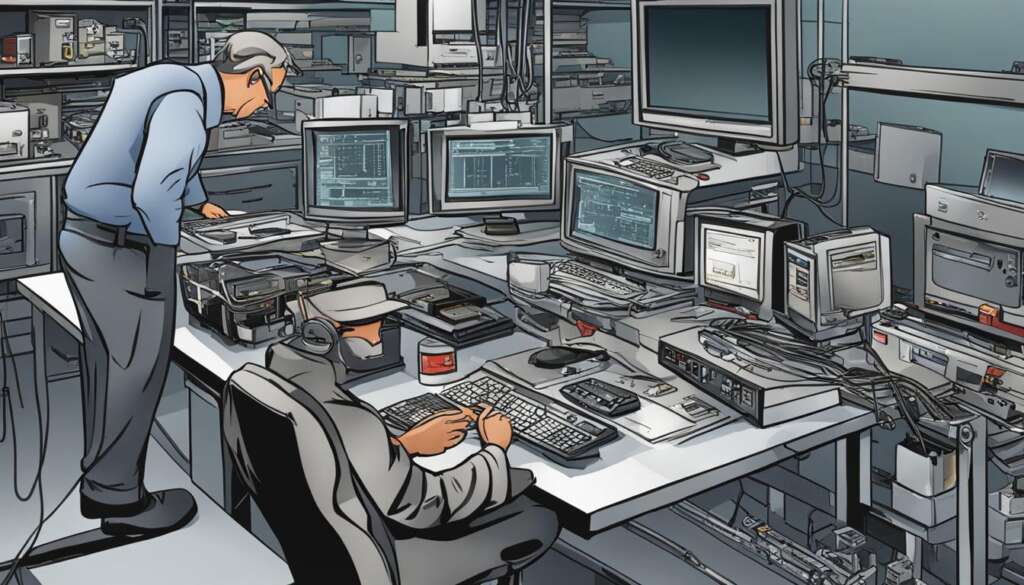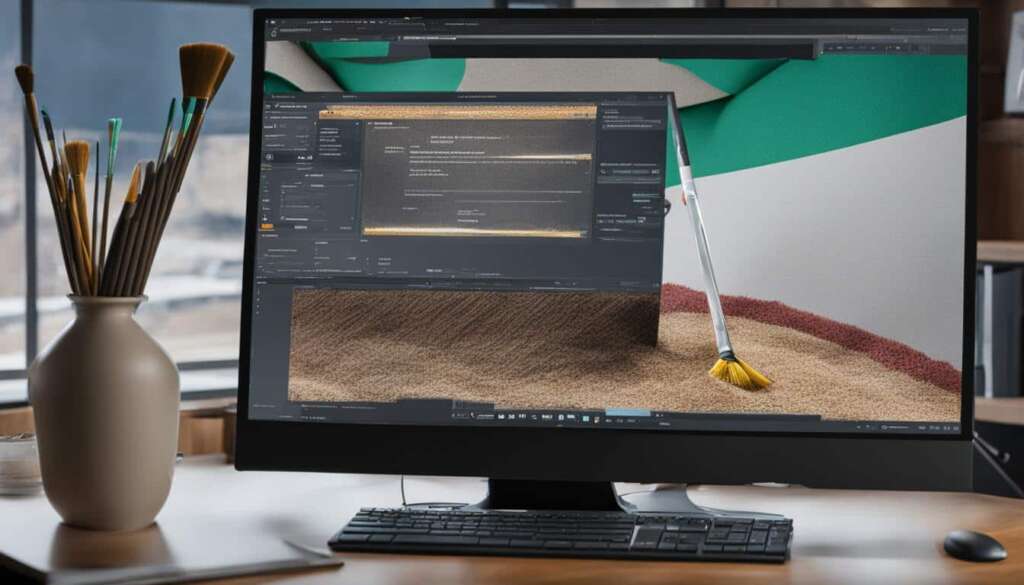Table of Contents
If you’ve been dealing with frequent computer freezing issues, you’re not alone. Many users experience random crashes and freezes on their PCs, which can be frustrating and affect productivity. In this section, we will explore several solutions to help you troubleshoot and fix PC freezing problems. These solutions include updating drivers, adjusting power plan settings, deleting temp files, repairing system files, adjusting virtual memory, running Windows Memory Diagnostic, and performing a system restore. By following these steps, you can resolve the PC freezing issue and ensure smooth computing.
One common cause of PC freezing issues is outdated or incompatible drivers. By updating your drivers, you can ensure that your hardware is compatible with your operating system and avoid conflicts that may lead to crashes or freezes. You can manually update drivers by downloading them from the manufacturer’s website or use a driver update tool like Driver Easy to simplify the process. Driver Easy automatically detects your system and finds the correct drivers, making it an easy and convenient solution for updating your drivers and fixing PC freezing problems.
Another potential cause of PC freezing is incorrect power plan settings and the accumulation of temporary files. By adjusting power plan settings to prevent the hard disk from turning off and deleting unnecessary temp files, you can optimize your PC’s performance and reduce the risk of freezing. It is recommended to set the power plan to never turn off the hard disk and regularly delete temp files to free up storage space. These simple adjustments can make a significant difference in preventing PC freezing issues.
Corrupted or missing system files and inadequate virtual memory can contribute to PC freezing problems. By running system file checks to repair any corrupted files and adjusting virtual memory settings to ensure efficient utilization, you can address these issues and resolve PC freezing. Tools like Fortect can help with system file repairs, while adjusting virtual memory involves changing the size of the paging file to provide sufficient memory for intensive tasks. By taking these steps, you can improve the stability of your PC and prevent random freezes.
Update Your Drivers to Fix PC Freezing Issues
If you’re experiencing PC freezing issues, one common culprit could be outdated or incompatible drivers. Keeping your drivers up to date is essential for ensuring that your hardware functions smoothly with your operating system, preventing conflicts that can lead to crashes or freezes. Thankfully, updating your drivers is a relatively simple process that can help resolve PC freezing problems.
There are two ways you can update your drivers. The first method involves manually downloading the latest drivers from the manufacturer’s website. This requires identifying the specific hardware components in your PC and finding the corresponding drivers. While this method allows for more control over the update process, it can be time-consuming and requires technical knowledge.
An alternative and more convenient option is to use a driver update tool like Driver Easy. This software automatically detects your system’s hardware and identifies the correct drivers to download and install. With just a few clicks, you can update multiple drivers simultaneously, saving time and effort.
Driver Easy eliminates the hassle of searching for individual drivers and simplifies the updating process. By using this tool, you can ensure that your drivers are always up to date, improving compatibility and stability. With updated drivers, you can avoid PC freezing issues and enjoy a smoother computing experience overall.
Benefits of Updating Drivers with Driver Easy
- Automatically detects and updates outdated drivers
- Identifies the correct drivers for your specific hardware
- Updates multiple drivers at once, saving time and effort
- Ensures compatibility and stability with your operating system
- Simplifies the driver update process for users of all technical levels
The Importance of Regular Driver Updates
“Updating your drivers is crucial for maintaining the performance and stability of your PC. Outdated drivers can lead to hardware malfunctions or compatibility issues, resulting in system crashes or freezes. By regularly updating your drivers, you can optimize your PC’s performance and minimize the risk of freezing.”
Manually Updating Drivers
- Identify the hardware components in your PC that require driver updates.
- Visit the manufacturer’s website for each component and locate the latest drivers.
- Download the drivers and follow the installation instructions provided by the manufacturer.
- Repeat this process for each hardware component.
- Restart your PC to complete the driver updates.
Updating your drivers regularly is an essential maintenance task that can significantly improve your PC’s performance and stability. By keeping your drivers up to date, you can minimize PC freezing issues and ensure a seamless computing experience.
| Driver Update Tool | Benefits |
|---|---|
| Driver Easy | – Automatically detects outdated drivers – Simplifies driver updates for users of all technical levels – Ensures compatibility and stability with your operating system |
| Manufacturer’s Website | – Provides the latest drivers for specific hardware components – Offers more control over the update process |
Adjust Power Plan Settings and Delete Temp Files
Another potential cause of PC freezing is incorrect power plan settings and the accumulation of temporary files. By adjusting power plan settings to prevent the hard disk from turning off and deleting unnecessary temp files, you can optimize your PC’s performance and reduce the risk of freezing. It is recommended to set the power plan to never turn off the hard disk and regularly delete temp files to free up storage space. These simple adjustments can make a significant difference in preventing PC freezing issues.
To adjust power plan settings, follow these steps:
- Click on the Start button and search for Power Options.
- Select Power Options from the search results.
- In the Power Options window, choose the power plan you are currently using.
- Select Change plan settings next to the chosen power plan.
- Click on Change advanced power settings.
- In the Advanced settings tab, locate and expand the Hard disk section.
- Set the Turn off hard disk after option to Never.
- Click Apply and then OK to save the changes.
To delete temp files, follow these steps:
- Press Windows key + R to open the Run dialog box.
- Type %temp% in the textbox and press Enter.
- A new window will open, displaying all the temporary files.
- Select all the files (Ctrl + A) and press Delete on your keyboard.
- If any files are in use and cannot be deleted, skip them and delete the rest.
By adjusting power plan settings and deleting temp files, you can keep your PC running smoothly and minimize the chances of unexpected freezes or crashes.
Preventative Measures
In addition to adjusting power plan settings and deleting temp files, there are a few other preventative measures you can take to ensure your PC remains stable and free from freezing issues:
- Keep your operating system and software up to date to benefit from bug fixes and performance improvements.
- Regularly scan your PC for malware and viruses using reliable antivirus software. Malware can disrupt your system and cause freezing issues.
- Ensure you have sufficient disk space available, as low disk space can impact system performance.
- Avoid running too many resource-intensive programs simultaneously, as this can strain your system and lead to freezing.
- Consider investing in additional RAM if your PC frequently runs out of memory during normal usage.
| Common PC Freezing Causes | Solutions |
|---|---|
| Outdated or incompatible drivers | Update drivers to ensure compatibility and resolve conflicts |
| Power plan settings turning off the hard disk | Adjust power plan settings to prevent hard disk shut down |
| Accumulation of temporary files | Delete temp files regularly to free up storage space |
| Corrupted or missing system files | Repair system files using system file check tools like Fortect |
| Inadequate virtual memory | Adjust virtual memory settings to provide sufficient memory for intensive tasks |
Repair System Files and Adjust Virtual Memory
Corrupted or missing system files and inadequate virtual memory can significantly contribute to PC freezing issues. When your system files are damaged or corrupted, it can disrupt the normal functioning of your computer, leading to random freezes and crashes. To address this problem, you should run system file checks to identify and repair any corrupted files.
Tools like Fortect can be incredibly helpful in repairing system files, allowing you to restore the integrity of your operating system. By fixing the corrupted files, you eliminate one of the common causes of PC freezing, improving the overall stability of your PC.
In addition to repairing system files, adjusting virtual memory settings can also play a crucial role in preventing PC freezing. Virtual memory refers to the space allocated on your hard drive to act as additional RAM when your physical RAM is fully utilized. Inadequate virtual memory can cause your PC to freeze as it struggles to handle intensive tasks.
By adjusting the size of the paging file, which determines the allocated virtual memory, you can ensure that your PC has enough resources to handle demanding operations without freezing. This optimization prevents your computer from running out of memory and minimizes the occurrence of random crashes and freezes.
FAQ
How can I fix PC freezing issues and random crashes?
There are several solutions you can try to troubleshoot and resolve PC freezing problems. These include updating drivers, adjusting power plan settings, deleting temp files, repairing system files, adjusting virtual memory, running Windows Memory Diagnostic, and performing a system restore.
How do I update my drivers to fix PC freezing?
You can update your drivers by manually downloading them from the manufacturer’s website or using a driver update tool like Driver Easy, which automatically detects your system and finds the correct drivers.
What should I do to adjust power plan settings and delete temp files?
To optimize your PC’s performance and reduce the risk of freezing, it is recommended to set the power plan to never turn off the hard disk and regularly delete temp files to free up storage space.
How can I repair system files and adjust virtual memory?
You can run system file checks using tools like Fortect to repair any corrupted files. Additionally, adjusting virtual memory involves changing the size of the paging file to provide sufficient memory for intensive tasks.

